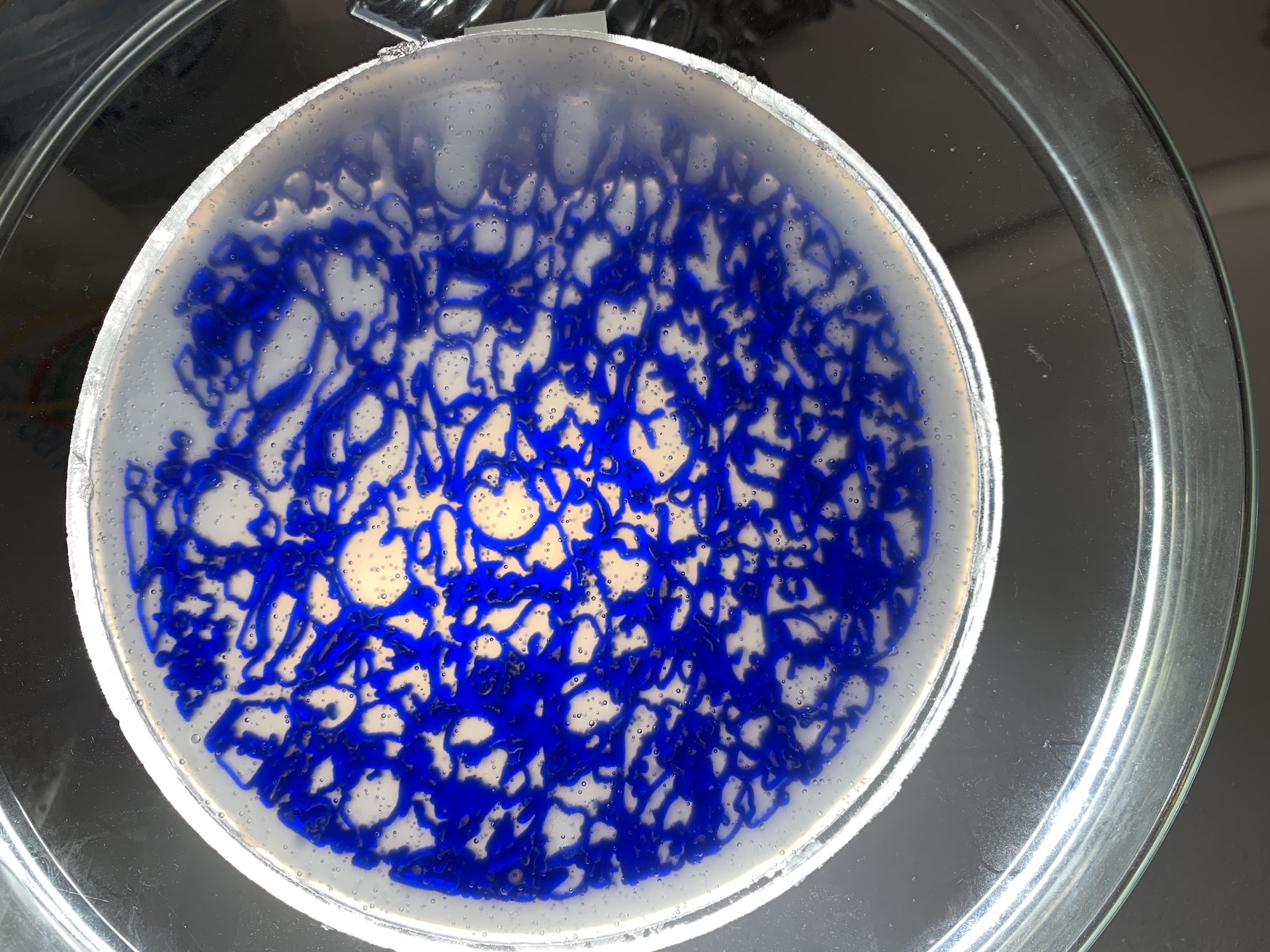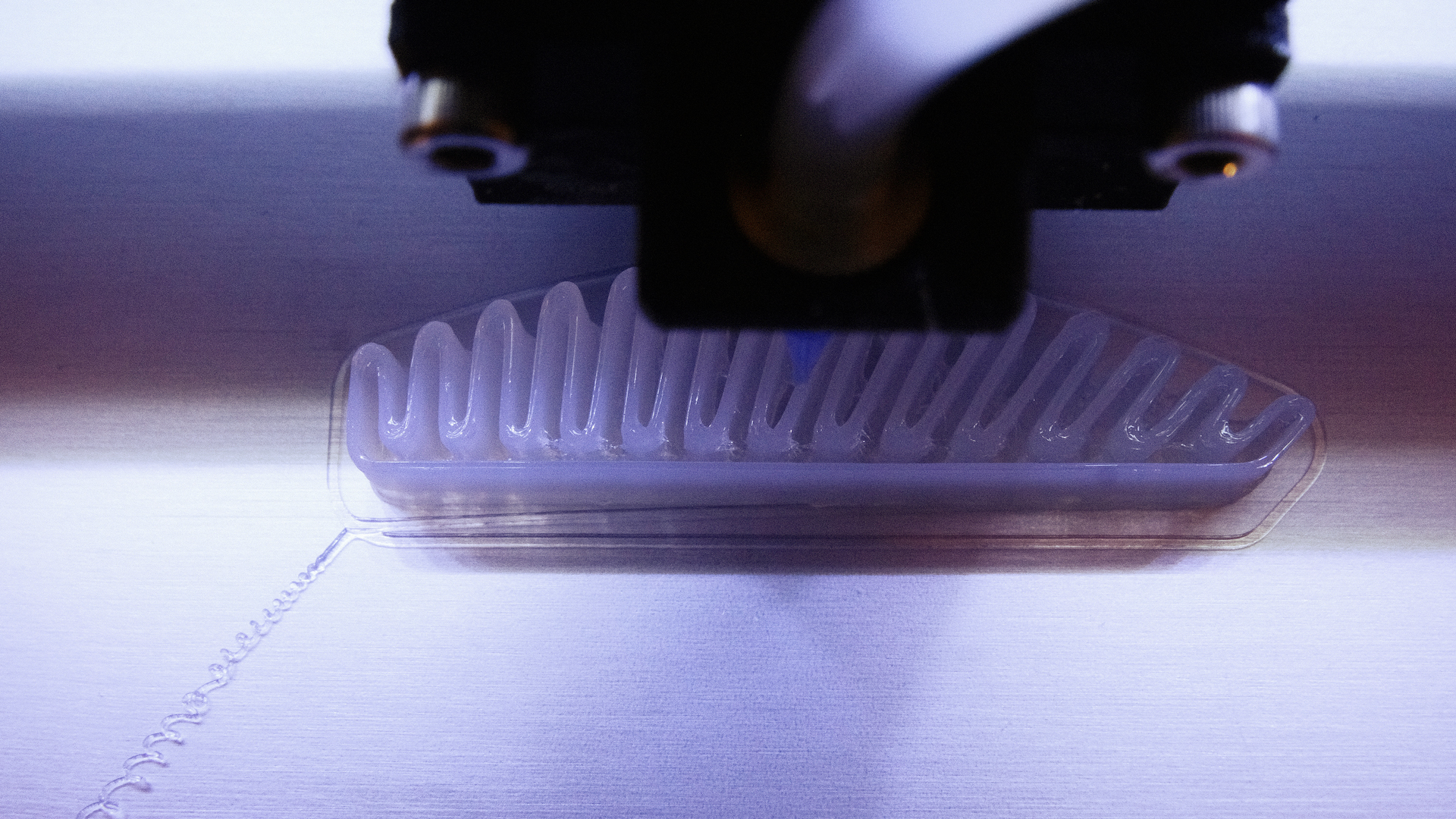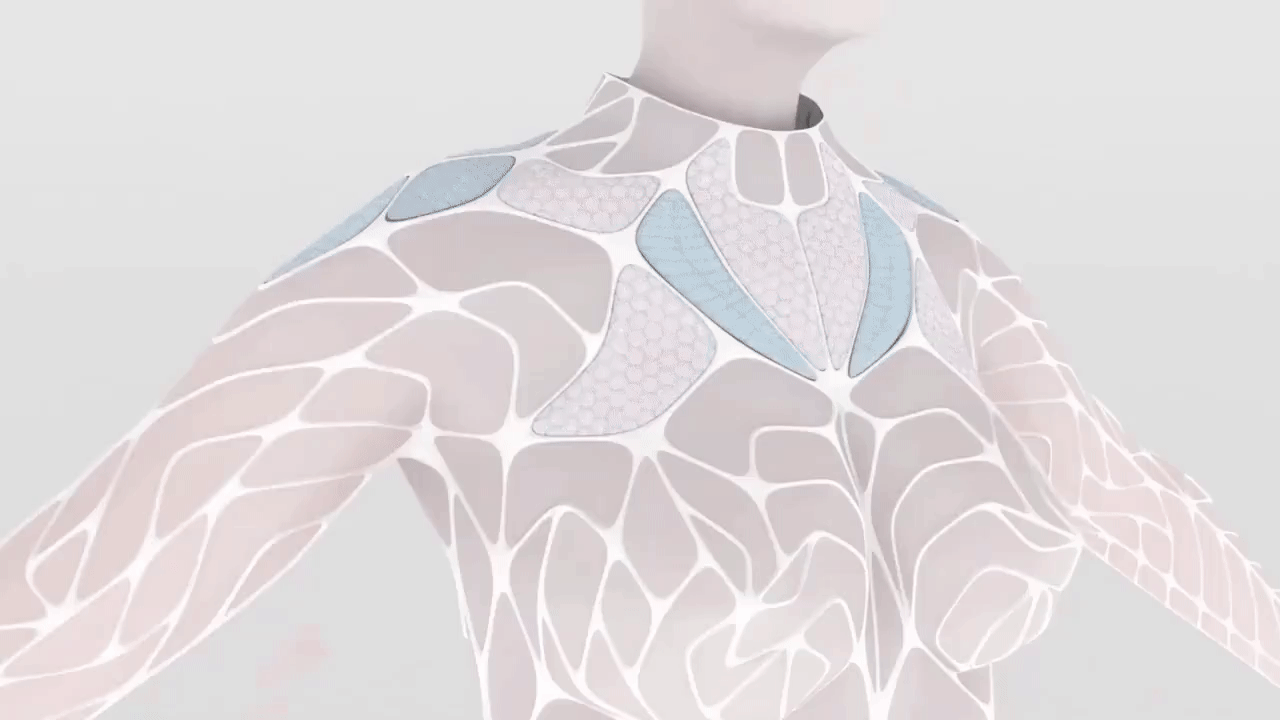SENSE OF NATURE
Seismic Garment
Typically, wearable technology is applied to design-centered devices for humans. The challenge is to connect the sense of nature intrinsically with the human. Sense of nature will develop a garment that can feel and express the movements of the Planet, understanding the planet in a deeper way. This garment leads us to a speculative design about where we live, how our planet behaves and how to connect with different points of the earth and nature.
THE SOLUTION
Sense of Nature is a project that approaches the relationship of understanding the activity of the earth and reflecting through wearable tech- nologies to connect people with natural pheno- mena as the Seismic activity that they cannot normally perceive with their senses.
We are approaching a link closer to our ecosystem, as an interpretation of the planet in constant activity.
This is perceived in the development of the Seismic Garment that is connected to the earth’s signals via the Internet and is reflected into a new identity, a new form of fashion by applying new technologies such as computational couture, 3D printing, and soft robotics.
Sense of Nature is a collaboration between Adriana Cabrera, Moon Ribas, Montserrat Ciges and the Contribution of Sam Sattler and Aleksandar Bursac, and is supported by the WORTH Partnership Project funded by the European Commission under COSME, the EU Programme for the competitiveness of Small and Medium-sized-Enterprises.

CONCEPT
Moon Ribas is a cyborg artist and choreographer, her main project has been having some implants in her body that allow her to feel the seismic activity of the planet via vibrations. She calls this new input the seismic sense. Later she translated this seismic movement into dan- ce and percussion, making Earth the choreo- grapher and the composer of the pieces.
This project seeks the creation of a garment that reacts every time there is an earthquake somewhere in the world in real-time. We would use this garment in a performance setting, in this way people will be able to visualize how earth moves, and how alive our planet is. The Project will use a soft robotic approach that mi- mics plate tectonic movements such as cen- trifugal movements that are extrapolated from points where there is movement on the plan

PROTOTYPING
The prototyping process brought us the possibility to experiment with diferent materials and techniques. Working with technologies such as 3D printing with silicone and advanced materials that would adapt to the design and appearance, we wanted to give the dress lightness and softness of soft robotics that would suit the computational design. Also, the materials had to be sufficiently elastic to allow flexibility in the artist’s movements.


SIMULATION
Only when the prototype was finished we could fit the dress for the first time. This was one of the biggest challenges, especially with the chosen materials.
Soft Robotics are still a point that we will improve to give them more visibility and engage the audience with Moon’s performance. “To make the invisible visible”.


PERFORMANCE
There are many things on our planet that we cannot perceive because our senses are limited, so our way to understand and feel the planet is limited by our own perception. But if we could extend our perception our way to understand and empathize with it would probably change.
Our project aims to connect users with natural phenomena, being able to feel the planet earth as a living entity, and exposing awareness of the reality of how our planet is, creating empathy towards other living things beyond human species.
This garment is a visualization, and a way to share this new input with an audience, making them feel more participant of what’s going on not only on stage but in the world.
The development of a bio-inspired design garment, reinterpreted as the energy of the planet, focuses on a fundamental contemporary critique of the impact of the environment
